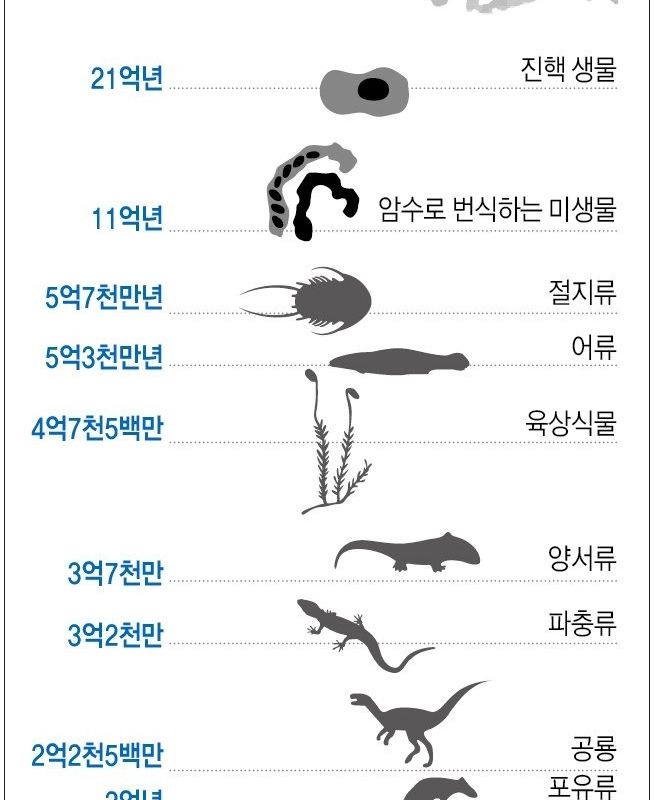An international research team led by Professor Andrew Sweetman of the Scottish Society of Marine Science discovered that oxygen is produced from metal chunks rather than living organisms in the deep Pacific Ocean, and recently published the report in the international academic journal Nature Geoscience.
Researchers named this ‘dark oxygen’.
The photo above is a manganese nodule discovered in the abyssal plain between Hawaii and Mexico.
In fact, it is just a manganese nodule in name and contains many metals of high industrial value such as cobalt, nickel, copper, and lithium.

Researchers’ discovery began with a question.
Why is the oxygen concentration in the deep sea, thought to be decreasing, actually increasing?
That question led me to point an oxygen meter near the manganese nodule and the results were shocking.
The oxygen concentration around the manganese nodules is much higher than the oxygen concentration at sea level.
In response to this shocking result, researchers began studying the manganese nodules and discovered that the manganese nodules had a very high electrical charge.
So, let me explain easily what this means:

The important thing is to separate it, you need an AA battery, that is, a voltage of 1.5V.
A voltage of up to 0.96V was confirmed for manganese nodules.
If a large number of metal ingots carrying voltage are connected like a parallel circuit, the voltage begins to rise.
The result was that the pile of manganese nodules became a giant battery that separated seawater into oxygen and hydrogen.
In other words, in the deep sea of the Earth where we live, these manganese nodule regions are producing oxygen and hydrogen on a large scale, and this is the reason why oxygen in the ocean is not decreasing.
So why is this important?
The discovery of this dark oxygen lends strength to two hypotheses.

There have been many hypotheses about the origin of oil, but none of them have been confirmed as correct.
However, if it is finally confirmed that the above hypothesis is true,
The hypothesis that oil is created when hydrogen generated in the sea sinks to the bottom and combines with other organic matter to form hydrocarbons has gained very high credibility.
This can also explain why the Middle East, which was once a sea, had large oil reserves.
In short, by understanding the principles of the birth of oil, there is a glimmer of hope that oil can be produced artificially.
There is a very small possibility that oil will escape from being a finite consumer resource.

In fact, the prevailing theory in academia about the origin of life was that it was due to oxygen produced in large quantities by blue-green algae 3 billion years ago.
The discovery of dark oxygen greatly increases the possibility that the source of life is dark oxygen created in the ocean.
This means that planets with oceans have a very high chance of creating life even without oxygen.
This means that numerous ocean planets in the universe have now turned into planets where potential life can be born.
This caused an uproar even among astronomers who were currently sleeping at home scratching their stomachs.
summation
1. Discovery of dark oxygen naturally generated in the ocean
2. Generating a powerful hypothesis about the process of oil creation
3. The creation of oxygen in the oceans makes ocean planets potential biotas.
